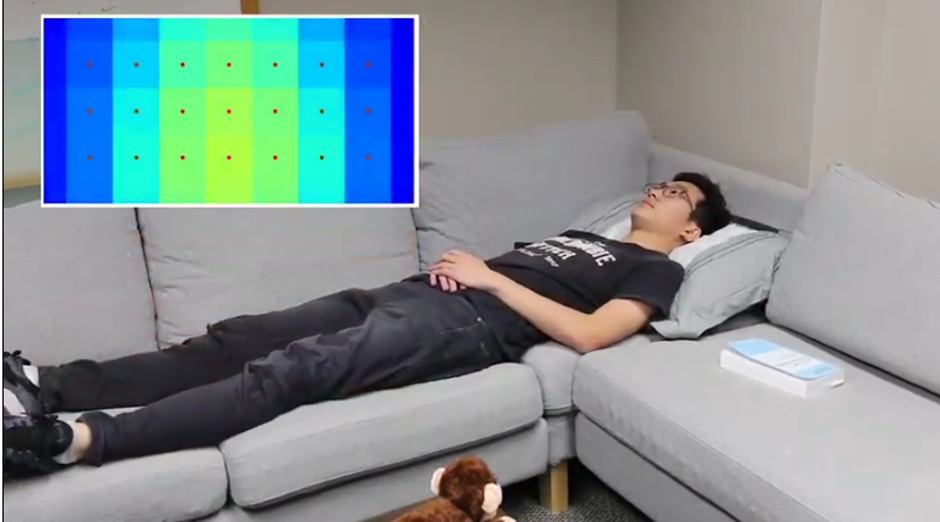Video game avatars could be controlled by inexpensive radio-frequency identification (RFID) tags embedded into clothing, claim researchers from Carnegie Mellon University.

The team in Pittsburgh have found ways to track body movements and detect shape changes with passive RFID, an advance with further applications in wearables and condition monitoring.
According to CMU, the unique element of this research can be found in the way tags are tracked, and the way movements and shapes are monitored.
To do this, the CMU researchers showed they could use a single, mobile antenna to monitor an array of tags without any prior calibration.
For body-movement tracking, arrays of RFID tags are positioned on either side of the knee, elbow or other joints. By keeping track of the subtle differences in when the backscattered radio signals from each tag reach the antenna, it’s possible to calculate the angle of bend in a joint.
“By attaching these paper-like RFID tags to clothing, we were able to demonstrate millimetre accuracy in skeletal tracking,” said Haojian Jin, a PhD student in CMU’s Human-Computer Interaction Institute (HCII).
The researchers call this embedded clothing RF-Wear and described it earlier this year at the UbiComp 2018 conference in Singapore. It could be an alternative to systems such as Kinect, which use a camera to track body movements and only work when the person is in the camera’s line of sight. It also could be an alternative to existing wearables, which generally depend on inertial sensors that are expensive, difficult to maintain and power hungry, Jin said.
It is further claimed that RFID-embedded clothes might also be an alternative to wrist-worn devices, such as Fitbit, for activity tracking or sports training.
https://www.youtube.com/watch?v=X4uwrTG0WpU&feature=youtu.be
The technology for monitoring changes in curves or shapes - WiSh (for Wireless Shape-aware world) - uses arrays of RFIDs and a single antenna but is said to rely on a more sophisticated algorithm for interpreting the backscattered signals to infer the shape of a surface.
Presented in June 2018 at Mobisys in Munich, WiSh could be incorporated into smart fabrics and used to track a user’s posture or be embedded in a variety of objects.
“We can turn any soft surface in the environment into a touch screen,” said Jingxian Wang, a PhD student in CMU’s Electrical and Computer Engineering (ECE) Department. Smart carpets, for instance, could detect the presence and locations of people, or be used to control games or devices. Soft toys could respond to or otherwise register squeezes and bends. Smart pillows might help track sleep quality.
WiSh also could be used to monitor the structural health of bridges or other infrastructure, Wang said. The researchers are said to have measured the curvature of Pittsburgh’s 10th Street Bridge by using a robot to drag a string of 50 RFID tags along the bridge’s pavement.
“We’re really changing the way people are thinking about RF sensing,” Jin said.
“Weaving these tags into clothing will only add a minimal cost, under $1,” Jin said. The most expensive part of these measurement systems is the antenna. But smartphones already use 13MHz antennas for services such as Apple Pay. Adding a 900MHz antenna for RFID-related applications might be feasible in future smartphones, eliminating the need for a separate device, he suggested.





Glasgow trial explores AR cues for autonomous road safety
They've ploughed into a few vulnerable road users in the past. Making that less likely will make it spectacularly easy to stop the traffic for...